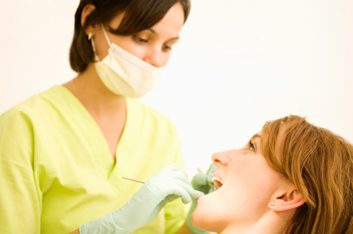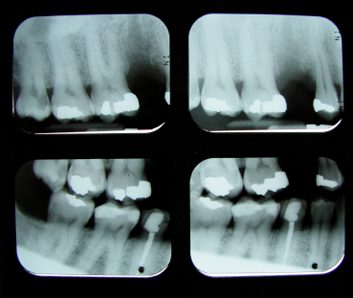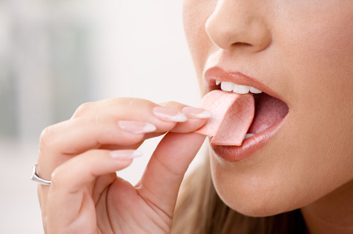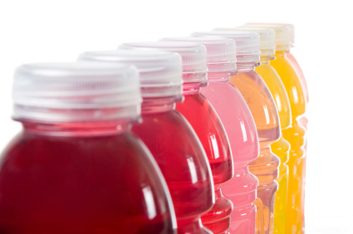
No more cavities
“Uh-oh. Uh-huh. Yep. Looks like we have a cavity here.”
No one wants to hear those words. And the dentist usually mutters them when you can’t ask why, thanks to the hands and tools busy in your mouth.
To know why you might have a cavity at a dental check-up, it helps to better understand precisely what cavities are, and what causes them. Here are seven things about cavities that you might not know-but you should.

1. A cavity starts with a tiny hole
A dental cavity begins with a miniscule hole in the enamel of your tooth. The hole gets there when bacteria in your mouth eat away at the enamel. Thanks to that itty-bitty hole, bacteria can then get into the centre of the tooth-which is made of a somewhat softer material called dentin-and strip it of calcium. Over time, that turns the dentin into a brown mush. “If you look on an X-ray, it looks like a bomb has gone off,” says Edmonton dentist Dr. Molly Rodgers. To save the tooth, a dentist drills out the harmed dentin and refills the centre of the tooth.

2. Gum works
If you’re not so keen on carrying your toothbrush wherever you go (who is?), sugar-free chewing gum is a great alternative. Gums that contain the sugar substitute xylitol in particular have been shown in studies to reduce cavities: xylitol fights cavity-causing bacteria and prevents the formation of plaque on teeth. The evidence is so strong that organizations such as the American Academy of Pediatric Dentistry have made statements supporting the use of xylitol gums.

3. It’s not just about sugar
New research into cavities now reveals it’s not just sugar that makes plaque develop on teeth. Any acidic food actually changes the pH in our mouths-and that’s what leads to cavities.
What’s acidic? Sugar combined with caffeine is a top offender. So caffeinated soft drinks, energy drinks and sweetened coffees and teas are major cavity creators. “It’s a real problem because people are so addicted to caffeine,” says Rodgers. “I recently did my first Tim Hortons double-double root canal. My patient drank them all day.”

4. Snacks linger
Enjoyed that sweet latte? That tasty muffin? Your snack probably only filled your tummy for a short while, but the impact on your teeth lasts for three hours. That’s how long the pH in your mouth is changed after you eat, and how long bacteria have a chance to build up plaque and work away at your enamel. Drinking a glass of water, brushing your teeth, chewing gum or swishing with mouthwash can clean out you mouth and prevent damage.

5. Teens are at risk
Good news: your risk for developing dental cavities doesn’t spike during menopause or even in the senior years. Instead, Rodgers says she sees the highest number of cavities in teenagers. Why? Because they love energy drinks and snacking. Meanwhile, no longer under the constant watch of parents, teens often let their brushing and flossing habits slide.

6. It shouldn’t hurt-at first
Cavities, in the early stages, should not hurt at all. If you get regular checkups with X-rays, your dentist should be able to nab any cavities at an early stage and do a quick filling. It’s only when the decay goes very deep into a tooth’s roots and presses on nerves that you need a root canal, a surgical procedure where a dentist removes that nerve while filling the roots of the tooth.
Related:
• Healthy foods for a healthy mouth
• Are you flossing the right way?
• 5 foods that will destroy your teeth
